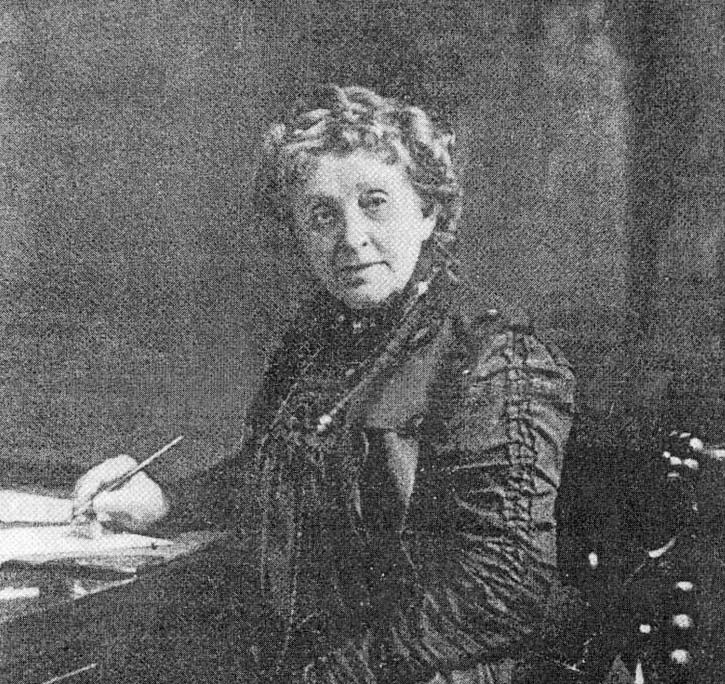Cochrane, Josephine Garis (1839-1913), an American inventor, patented the first practical mechanical dishwasher. Earlier inventors experimented with dishwashing devices. However, these dishwashers did not work well and were never marketed successfully.

Cochrane was born in Ashtabula County, Ohio, on March 8, 1839. Her great-grandfather, John Fitch, designed one of the first United States steamboats. Her father, the civil engineer John Garis, supervised industrial mills and helped develop Chicago. At age 19, Josephine married William Cochran, a wealthy clerk of Shelbyville, Illinois. She later added an e to her new last name.
Cochrane often found that her fine heirloom china was chipped. She blamed careless servants and started washing her best plates herself. Her frustration led her to invent a machine to handle the labor-intensive chore. She measured her plates, then designed a rack to hold them securely. The rack sat inside a copper boiler, and jets of soapy water sprayed each dish. Modern dishwashers use a similar setup, operated by a motor rather than by hand.
With assistance from George Butters, a mechanic, Cochrane developed an experimental model and received her first patent on Dec. 28, 1886. As a woman, Cochrane faced particular business obstacles, especially in raising money from investors. In 1893, restaurants near Chicago’s Columbian Exposition bought nine of the machines, giving her great publicity. Judges at the fair’s Machinery Hall awarded it their top prize. Cochrane hoped to persuade families to buy small motor-powered dishwashers to use at home. But the machines remained too expensive for most consumers, and most houses lacked enough hot water to handle full loads. Her machines sold mostly to hotels, colleges, and restaurants.
Cochrane died on Aug. 3, 1913. In 1926, her company became part of the appliance firm Hobart. Its KitchenAid division introduced new household dishwashers in 1949. The machines finally gained broad popularity, thanks to improved home water heaters, detergents, and prosperity after World War II (1939-1945).
See also Dishwasher .
